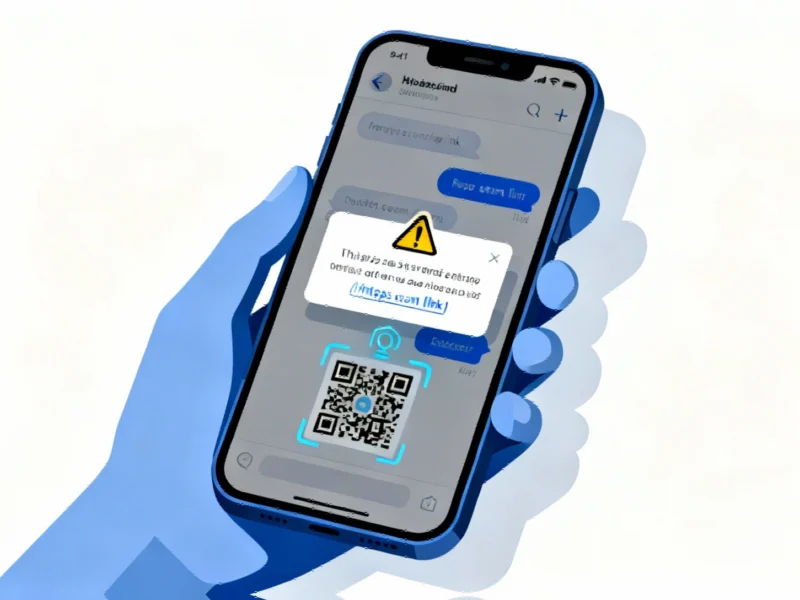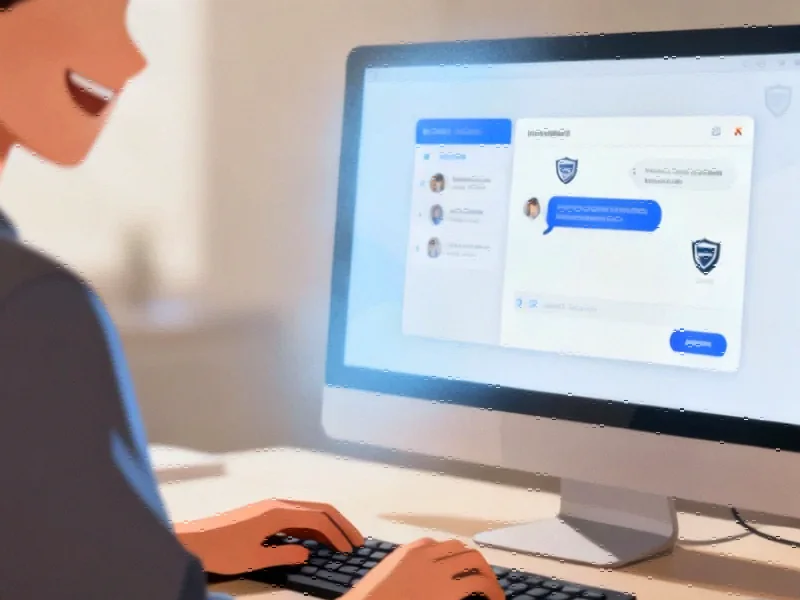Google’s Latest Security Enhancements for Gmail Users
Google has rolled out significant security upgrades for Gmail users, introducing new account recovery methods while warning about increasing threats to account security. The tech giant’s latest moves come as hackers are increasingly bypassing traditional security measures, including two-factor authentication via SMS, which Google now explicitly advises against relying on.
The company has confirmed a gradual global rollout of “Sign in with Mobile Number,” designed to help users regain access when they lose their phone. According to Google, this feature “automatically identifies your accounts using your phone number” and only requires “the lock-screen passcode from your previous device for verification, no password needed.” This development represents part of broader Google enhances Gmail security with new recovery options across their ecosystem.
The Double-Edged Sword of Recovery Options
While the mobile number recovery system offers convenience, Google has simultaneously introduced “Recovery Contacts,” allowing users to designate trusted individuals who can help verify identity during account lockouts. However, security experts warn this feature could become vulnerable to socially engineered attacks where hackers trick users into designating fraudulent recovery contacts.
Unlike the technically-verified mobile number system, the contact-based recovery is entirely manual with no automated checks. This security consideration becomes particularly important when examining industry developments in authentication systems and how they balance user convenience with protection.
The Rising Threat of Account Takeovers
Recent discussions on Reddit’s Gmail forums highlight the real-world challenges users face, including mysterious “device not secure” warnings that could indicate credential theft or session cookie hijacking. These incidents underscore why Google continues to push users toward passkeys and proper two-factor authentication.
The situation mirrors concerns in broader market trends regarding infrastructure security, where single points of failure can have cascading consequences. Similarly, Gmail often serves as a master key to other online accounts, making its security paramount.
Practical Security Steps Every User Should Take
Google emphasizes that most users haven’t yet adopted passkeys, which link account security directly to hardware devices and protect against most common attack vectors. Users should immediately:
- Enable passkeys for biometric or hardware-based authentication
- Implement proper 2FA using authenticator apps rather than SMS
- Review recovery options regularly and remove outdated methods
- Monitor account activity for suspicious access patterns
These security measures become especially crucial considering recent technology disruptions that highlight dependencies on cloud services. The interconnected nature of modern digital ecosystems means that securing primary email accounts has never been more important.
The Bigger Picture: Security in an Interconnected World
Google’s security updates reflect broader industry movements toward passwordless authentication and more resilient account recovery systems. As related innovations in authentication technology emerge across the tech landscape, users can expect more seamless yet secure access methods.
Meanwhile, international industry developments in technology standards continue to shape how companies approach security challenges. Google’s latest Gmail security enhancements represent both a response to immediate threats and part of this larger evolution toward more intelligent authentication systems.
The key takeaway for users remains that a few minutes spent implementing proper security measures today can prevent catastrophic account compromises tomorrow. While no system is completely foolproof, combining Google’s new recovery options with robust authentication methods provides the best defense against increasingly sophisticated threats.
This article aggregates information from publicly available sources. All trademarks and copyrights belong to their respective owners.
Note: Featured image is for illustrative purposes only and does not represent any specific product, service, or entity mentioned in this article.



